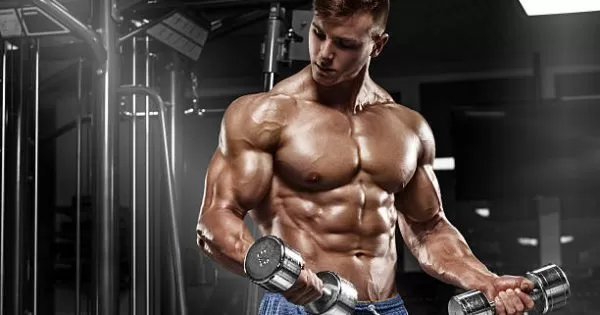Introduction:
Haircuts are more than just a way to keep your locks in check; they are a form of self-expression, a reflection of personal mantetain.in, and a testament to cultural and societal trends. The history of haircuts is a fascinating journey through time, showcasing the evolution of fashion, technology, and individualism. In this article, we’ll explore the art and science behind haircuts, from ancient civilizations to modern trends.
- Ancient Origins:
The practice of hair cutting dates back thousands of years, with evidence of early civilizations using tools like sharp stones and shells to trim and style hair. In ancient Egypt, Greece, and Rome, elaborate hairstyles were not only fashionable but also carried significant cultural and social meanings. Priests, warriors, and rulers often sported distinct haircuts to symbolize their roles and status.
- Medieval Styles:
During the medieval period, hairstyles became more ornate, reflecting societal norms and religious beliefs. Intricate braids, curls, and hair accessories were common among both men and women. However, certain religious orders adopted simpler, close-cropped hairstyles as a sign of humility and devotion.
- Renaissance Elegance:
The Renaissance era witnessed a resurgence of interest in art, culture, and personal grooming. Elaborate wigs, powdered hair, and intricate hairstyles were fashionable among the European elite. The barber-surgeon profession emerged during this time, with barbers not only providing haircuts but also performing medical procedures, leading to the iconic barber’s pole symbol.
- Industrial Revolution and Modernization:
The Industrial Revolution brought about significant changes in the world of haircuts. The invention of scissors and the development of new cutting techniques allowed for more precision and creativity in hairstyling. The 20th century saw the rise of iconic hairstyles like the bob, the pompadour, and the afro, influenced by popular culture and the changing roles of men and women in society.
- The Rise of Hairdressing as an Art:
As the 20th century progressed, the field of hairdressing evolved into a recognized art form. Renowned hairstylists emerged, creating iconic looks for celebrities and influencing global fashion trends. The introduction of hair care products, styling tools, and innovative cutting techniques further transformed the industry.
- Cultural Influences:
Haircuts have always been a reflection of cultural movements and societal changes. From the rebellious hairstyles of the 1960s counterculture to the androgynous looks of the 1980s, haircuts have been a powerful means of self-expression and identity.
- Modern Trends and Diversity:
Today, the world of haircuts is more diverse than ever. People experiment with colors, textures, and lengths, breaking traditional norms and celebrating individuality. The barber and salon industry continues to thrive, offering a range of services from classic cuts to avant-garde styles.
- The Science of Cutting Hair:
Behind every stylish haircut is a scientific understanding of hair anatomy, growth patterns, and texture. Professional hairstylists are trained to consider factors like face shape, hair type, and lifestyle when creating a personalized look. The use of advanced tools, such as precision scissors and clippers, contributes to the precision and artistry of modern haircuts.
Conclusion:
From ancient rituals to modern trends, the art and science of haircuts have come a long way. As a timeless form of self-expression, haircuts continue to evolve, shape, and reflect the diverse tapestry of human culture. Whether you opt for a classic cut or a bold, contemporary style, the journey through the history of haircuts is a testament to the enduring creativity and individuality of humanity.



